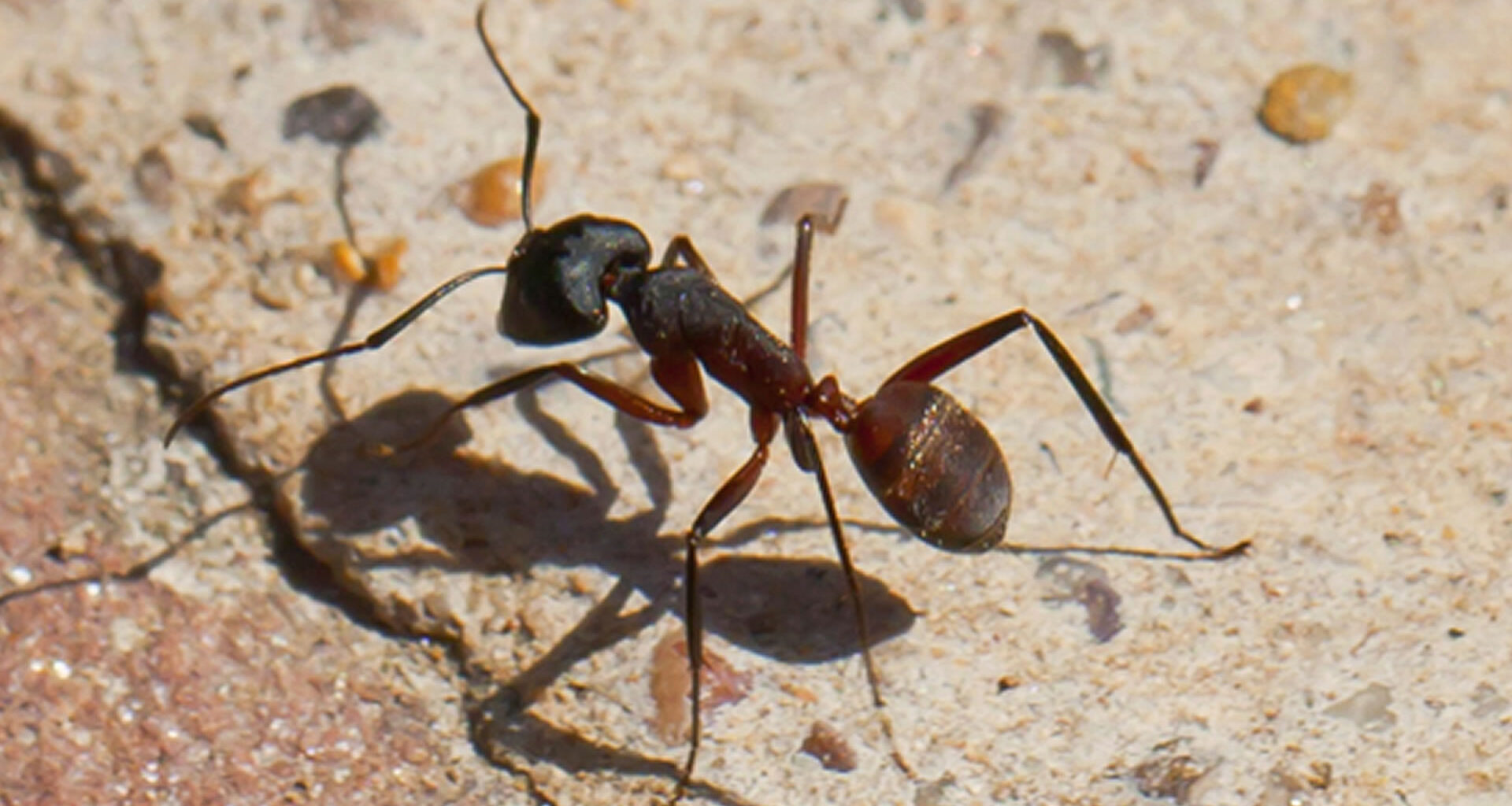Researchers have reportedly built a new navigation system based on how certain animals navigate the world around them. Focussed primarily on animals such as ants, birds, and mice, this discovery could help robots navigate areas where the traditional Global Positioning System (GPS) struggles.
At present, non-GPS navigation systems (like cameras and sensors) tend to fail when visibility is poor. They are also susceptible to getting dirty or damaged in the field.
Since animals, like ants, have evolved sophisticated means to navigate chaotic environments, they were seen as perfect candidates for potential alternative means.
At the core of the idea is to provide robots with redundancy when it comes to navigation systems. Instead, robots could benefit from using three overlapping ones. If one fails, the others automatically compensate.
In biology, this is called degeneracy, whereby multiple systems do similar jobs to ensure survival. The first of the animal-inspired navigation systems comes from ants.
Ant-inspired navigation for robots
Ants can track their steps and direction internally to know where they are relative to the nest. To this end, the researchers built a similar spiking neural network (brain-like, low-energy hardware).
This acts like a super-robust internal pedometer that keeps tracking even when sensors are noisy. The second comes from the avian world.
Migratory birds use multiple cues at once to know direction, including detecting the Earth’s magnetic field. They are also able to detect and navigate using polarized light, the Sun’s position, and clever use of landmarks.
Robots, the team argues, can mimic these abilities using a quantum magnetometer (which detects magnetic field direction). Other inputs from polarization compass (to see sky polarization), and a camera can be put through a Bayesian filter that fuses these inputs dynamically.
If one sensor “dies” (like, say, the camera failing), the others take over instantly. The third, and final, nature-inspired navigation system comes from rodents.
Rats are able to build cognitive maps in their hippocampus, and then update them only when something important changes. The new robot nav system could perform a similar task by building a map only when it sees important landmarks.
More work is needed
This helps conserve energy, reduce processing load, and keep navigation stable in cluttered environments. This is massively efficient compared to SLAM (which constantly updates maps, using lots of power).
While theoretical at present, this system could be used for various important roles in the future. This could include things like search and rescue in collapsed buildings, planetary rovers, deep-sea robots, and industrial inspection in dark, dusty, chaotic places.
To this end, it is a step toward robots that can navigate like animals, robustly and autonomously, without constant human supervision. Looking ahead, the team is looking to develop on-chip continuous learning (to act like a brain).
“Currently, our system’s neural weights are largely pre-configured, but biological systems continuously learn and adapt through synaptic plasticity,” Sheikder Chandan, first author of the paper, told Tech Xplore. “We plan to explore emerging technologies like memristive synapses to incorporate this capability directly into the hardware,” he added.
They also hope to develop a scale to kilometre-scale maps using smarter memory structures and potentially adopt more animal-inspired solutions to navigation.
You can view the study for yourself in the journal Cell.

